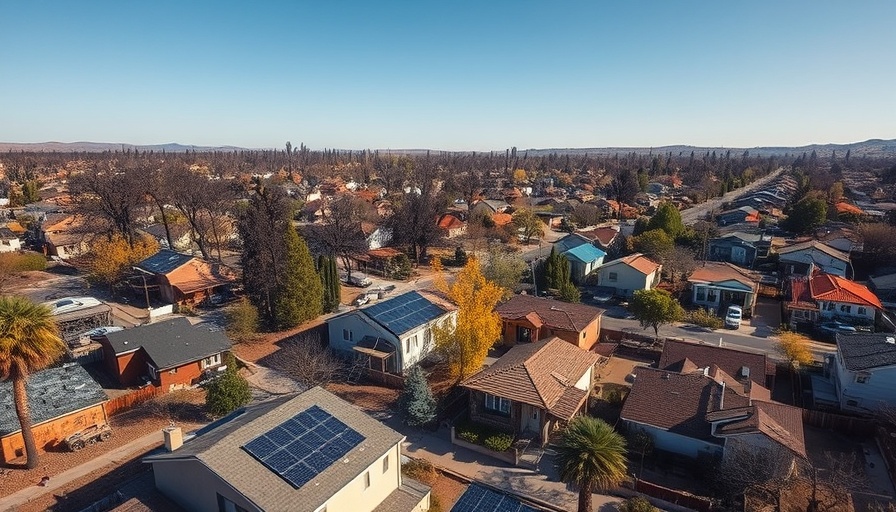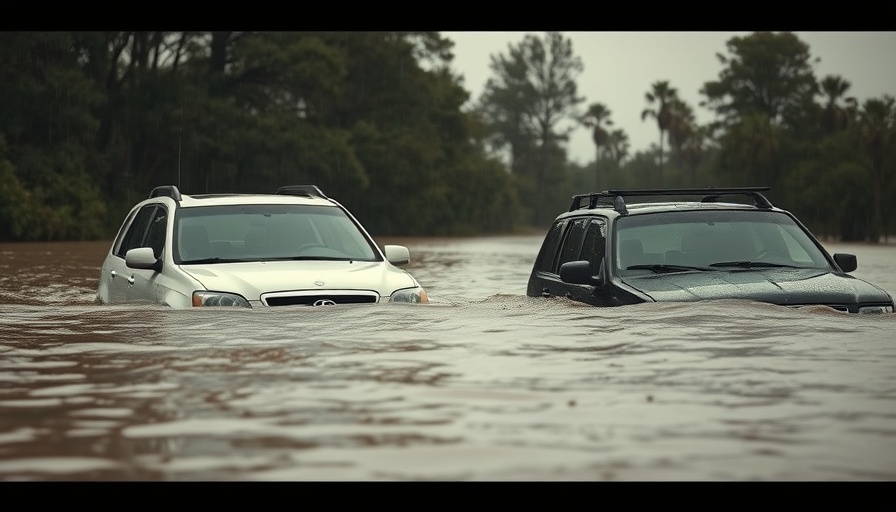
A Vision for Fire-Safe Communities in California
With climate change escalating the intensity and frequency of wildfires, the need for fire-resistant homes and communities has never been more pressing, particularly in California. As we look toward a future where devastating fires become a regular event, it is essential to envision and prepare for a world where residents can swiftly evacuate and safeguard their homes against these disasters.
A Futuristic Approach to Fire Defense
Imagine a dry autumn morning in 2050, as the Santa Ana winds howl through Los Angeles, setting the stage for potential catastrophe. Fortunately, future Angelenos will have their communities fortified with cutting-edge technology and strategies to mitigate wildfire risks. Firefighting may evolve beyond mere suppression as experts predict that satellite technology and drones will collaborate to provide real-time updates on the trajectory of wildfires, all while informing residents of critical evacuation routes ahead of time.
How Technology Will Transform Evacuations
Wearable technologies may guide residents through chaotic moments, sending alerts such as, “A wildfire has been spotted 2.4 miles from your location and will reach you in approximately 43 minutes.” Providing real-time data will allow families to stay informed and prepared, reducing panic and improving safety. The design of homes and communities will be selected not only for aesthetics but also for their capability to resist fires, integrating smart technology that autonomously prioritizes evacuation processes, ensuring that safety measures are adopted quickly
Innovative Building Designs: The Rise of Fire-Resistant Architecture
Architects like Michael Kovac are leading the charge for innovative, fire-resistant designs in California. His own home in Pacific Palisades exemplifies how materials such as fiber cement and fire suppression systems can create safe havens amid an unpredictable fire climate. The rising interest in sustainable building practices, including earthen architecture and other eco-friendly designs, highlights a shift toward creating structures that do more than just look good—they actively protect from natural disasters.
Community Preparedness: The Key to Survival
At the community level, improving fire preparedness will play a pivotal role in saving lives. Residents will need to develop tailored evacuation plans and familiarize themselves with safety protocols. Initiatives, such as community fire drills and educational campaigns, will strengthen local responses to wildfires. Neighborhoods can implement cooperative measures, such as shared fire-retardant resources or designating safe zones for families to gather in case of an emergency.
Exploring Fire Mitigation Strategies
As individuals and communities adopt strategies to combat wildfires, the concept of creating firebreaks will also evolve. Homeowners can clear brush around their properties, create fire-resistant landscaping, and utilize advanced sprinkler systems that protect both homes and the environment. These proactive measures not only safeguard homeowner investments but also contribute to wider community safety.
Preparing for the Future
Increased awareness of the risks posed by wildfires has sparked interest in both practical action and innovative solutions. Whether one is a homeowner seeking to upgrade their property or a potential newcomer to California contemplating what type of home to invest in, understanding fire mitigation strategies is crucial. Technology, community engagement, and resilient building will play key roles in ensuring safety and peace of mind for generations to come.
Take Action Now
As we imagine a safer future, don't wait for the crisis to act. It's essential for California homeowners to engage in fire mitigation efforts now. Consider upgrading your property with fire-resistant materials, familiarizing yourself with local emergency plans, and collaborating with your neighbors to develop a strong community response. The time to prepare is now, for a fire-safe future awaits—if we dare to build it.
 Add Row
Add Row  Add
Add 




Write A Comment